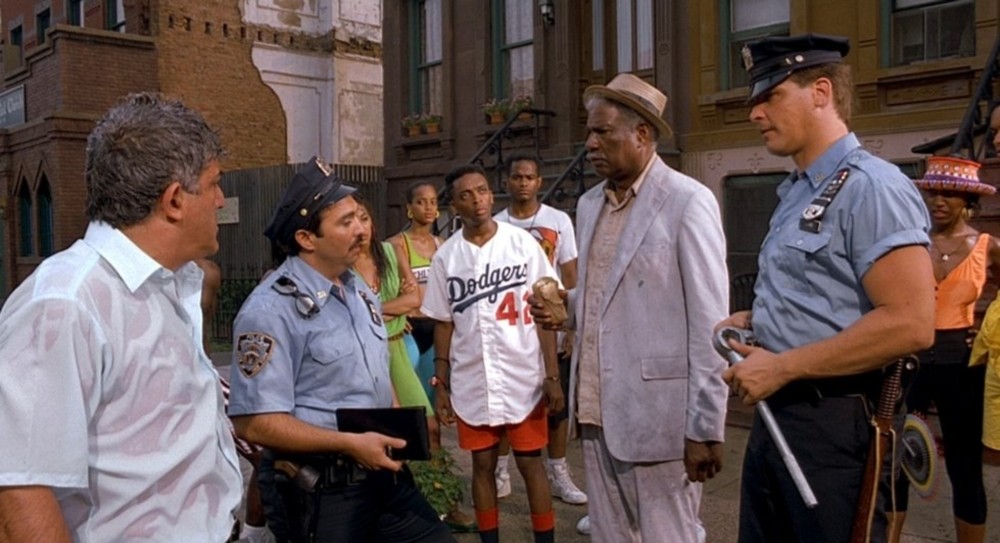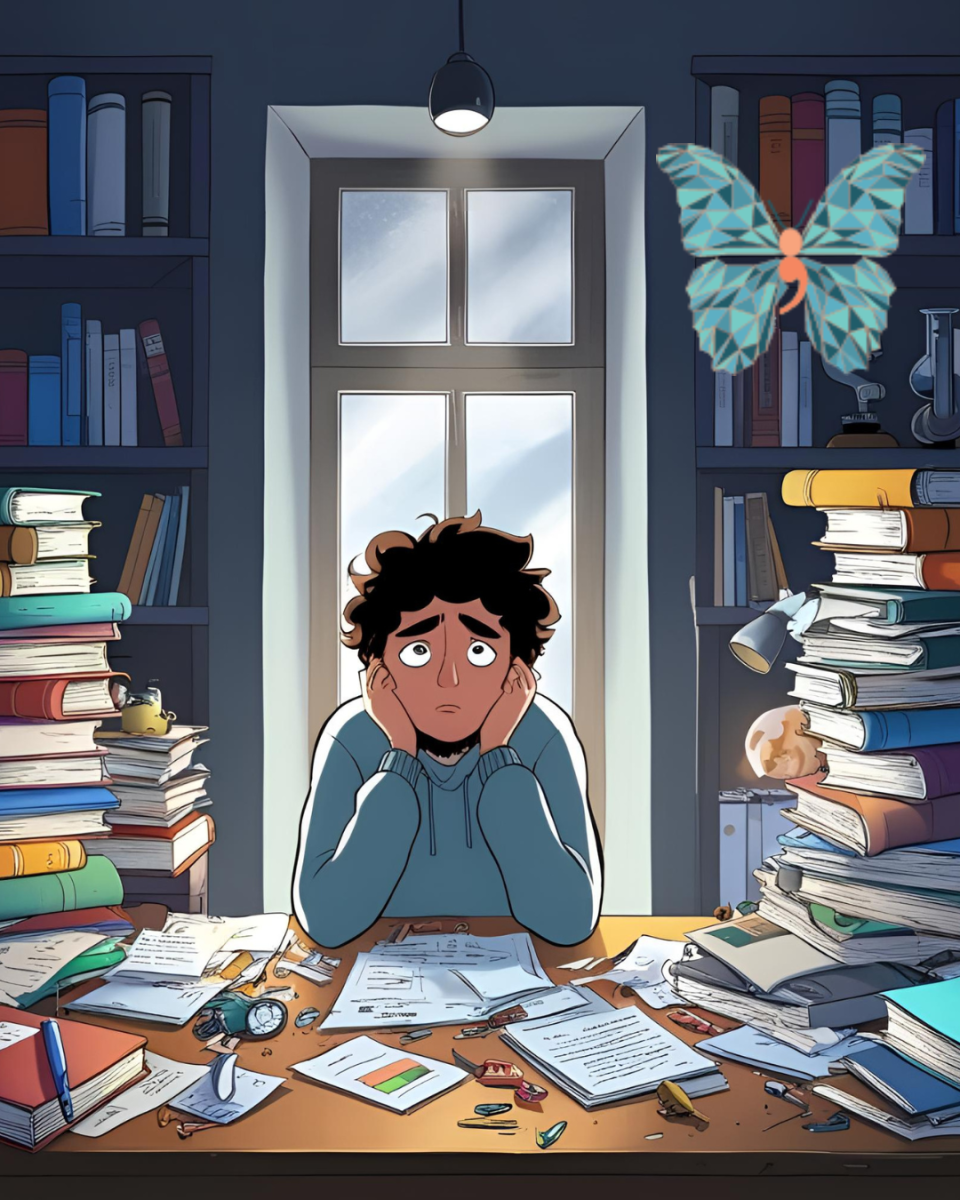Yesterday, April 22, 2025, was Earth Day. Many of us learned as children the importance of picking up trash and remembering to “Reduce, Reuse, and Recycle.” However, what we may not have been taught are the origins of this day and why it is crucial, beyond simply saving our planet from disaster.
Many people in the 1960s were already aware of the severe damage being done to the Earth. High levels of gas consumption were polluting the air, resulting in poor air quality and numerous other problems.
In 1962, New York Times bestselling author Rachel Carson released her book “Silent Spring.” This influential non-fiction work focused on the environmental harm caused by the widespread use of dichloro-diphenyl-trichloroethane (DDT), a pesticide heavily used during World War II. The book resonated with readers and ignited a wave of climate activism across 24 countries.
In 1969, Gaylord Nelson, a junior senator from Wisconsin, proposed the idea for Earth Day after witnessing the devastation caused by a massive oil spill in Santa Barbara, California. He collaborated closely with Denis Hayes, a young activist from Wisconsin. Together, they chose April 22 for Earth Day because it typically falls between many schools’ spring break and their testing season, allowing the maximum number of students to participate in climate activism.
Today, millions of people celebrate Earth Day, yet there has been surprisingly little progress since the original Earth Day 55 years ago. One reason for this lack of progress is that government officials have not been proposing significant climate bills and action plans. Therefore, I encourage you not only to reduce, reuse, and recycle, but also to do your own research on how you can help your community move towards a greener future. It’s not about the big changes; rather, it’s about the small, everyday habits that you choose to adopt. As they say: “Every day is Earth Day.”






















